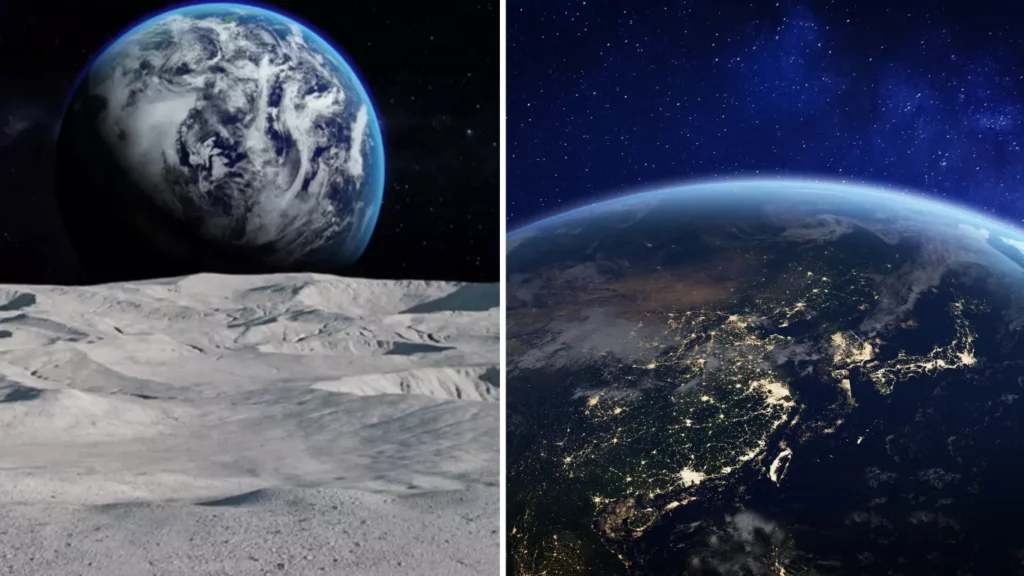Earth is about to experience a rare and temporary cosmic event—a second moon. This brief visitor, however, will not resemble the familiar lunar body that has orbited our planet for billions of years.
Earth’s gravitational force is on track to pull in a smaller celestial object, an asteroid named “2024 PT5”, by the end of this month, in a surprising turn of events. This event, while thrilling, is not here to stay.
In late November, NASA will propel an asteroid back into space after it completes a brief orbit around Earth. On August 7, 2024, NASA’s Asteroid Terrestrial-Impact Last Alert System (ATLAS) made an exciting discovery: “2024 PT5”, which has been classified as a mini-moon.
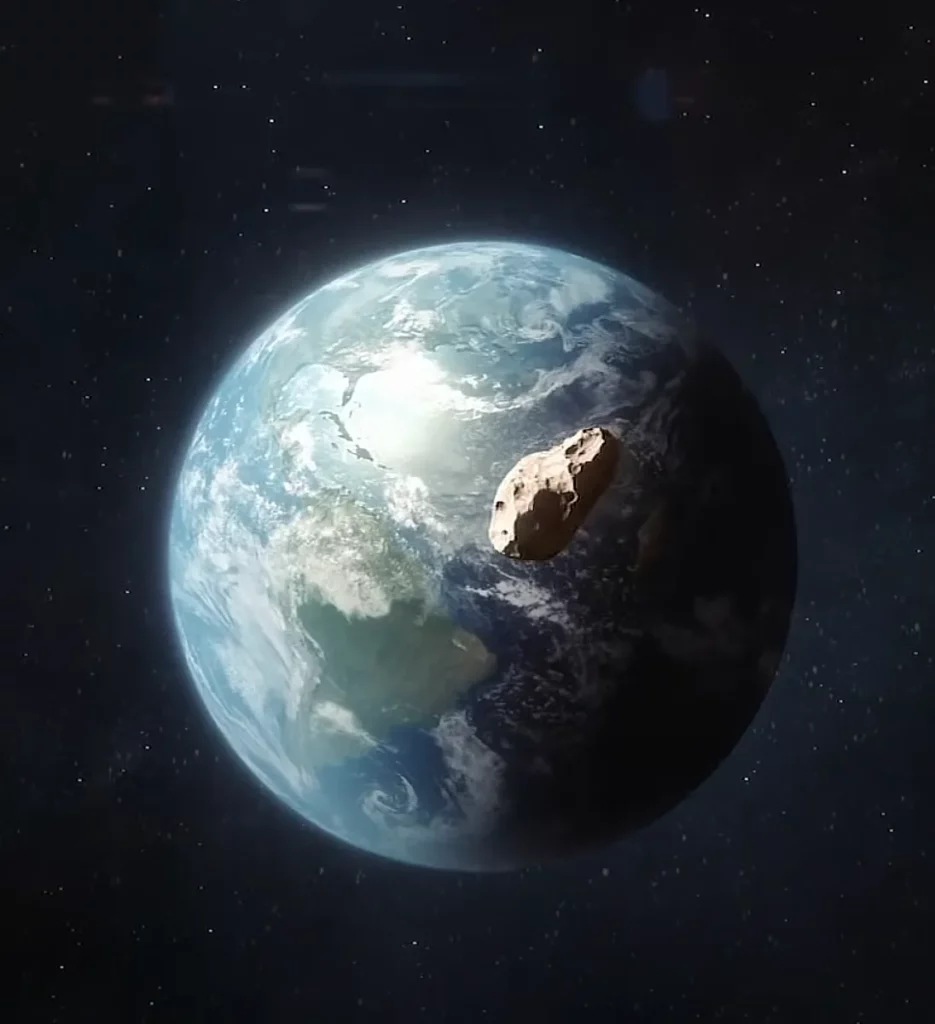
This marks yet another instance of our planet momentarily seizing hold of a similar object. Similar events have occurred before, including major cases in 1981 and 2022.
Nonetheless, the appearance of “2024 PT5” remains an uncommon event. Astronomers worldwide are paying attention.
Professor Carlos de la Fuente Marcos, a specialist in the Arjuna asteroid belt, shared insights with “Space.com” regarding this asteroid’s classification as part of a collection of near-Earth objects. These objects sometimes take trajectories that bring them near our planet.
The “2024 PT5” is part of the Arjuna asteroid belt, which consists of space rocks that have orbits resembling those of Earth. These objects orbit at an average distance of 93 million miles from the sun.
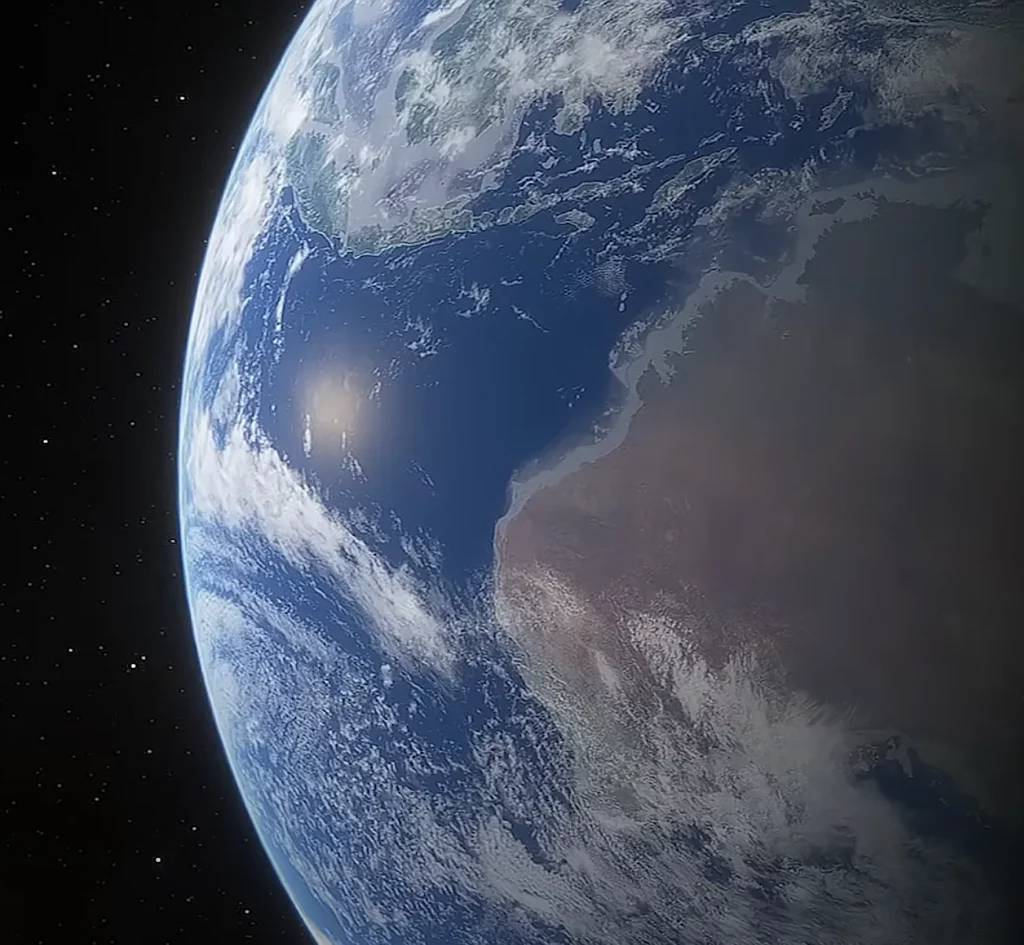
From time to time, these asteroids come near Earth at significantly closer distances. Marcos highlighted that “2024 PT5” is set to approach Earth at a distance of 2.8 million miles.
Although this distance might appear significant, in the context of the cosmos, it is quite nearby. We set the asteroid to move at a leisurely pace of 2,200 miles per hour.
The gradual speed allows Earth’s gravity to capture it in a temporary orbit. “In these circumstances, the object’s geocentric energy could turn negative, potentially allowing it to become a temporary moon of Earth,” Marcos stated.
In contrast to our moon, “2024 PT5” will not finish a complete orbit around Earth. Instead, it will take a route that mirrors that of a “window shopper,” as Marcos amusingly noted.
We expect “2024 PT5” to enter Earth’s orbit on September 29 and stay there until November 25. Gravitational forces will then expel it.
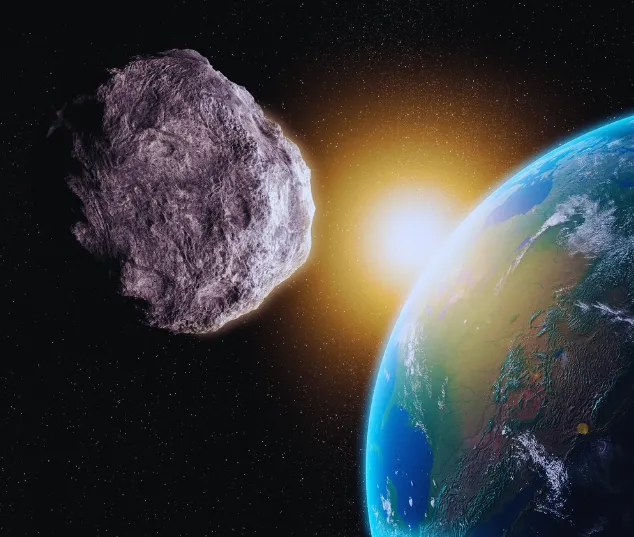
These brief occurrences capture the interest of researchers due to their intriguing nature. Such events usually take place multiple times within a decade, yet extended occurrences—spanning a year or longer—are significantly less common.
Such lengthy captures occur only once every decade or two. Past instances of extended captures feature items such as “2006 RH120” and “2020 CD3”.
For those eager to observe “2024 PT5”, there’s a twist. With its mere 33 feet in width, the asteroid is too small and faint for detection without advanced tools.
Marcos clarified that even the most powerful household telescopes will fall short in detecting it. “To observe this object, a telescope with a diameter of at least 30 inches, along with a CCD or CMOS detector, is required,” he stated.
Although amateur astronomers might miss it, professional astronomers will be monitoring the situation closely. This occurrence presents a unique chance to examine the actions of near-Earth objects.
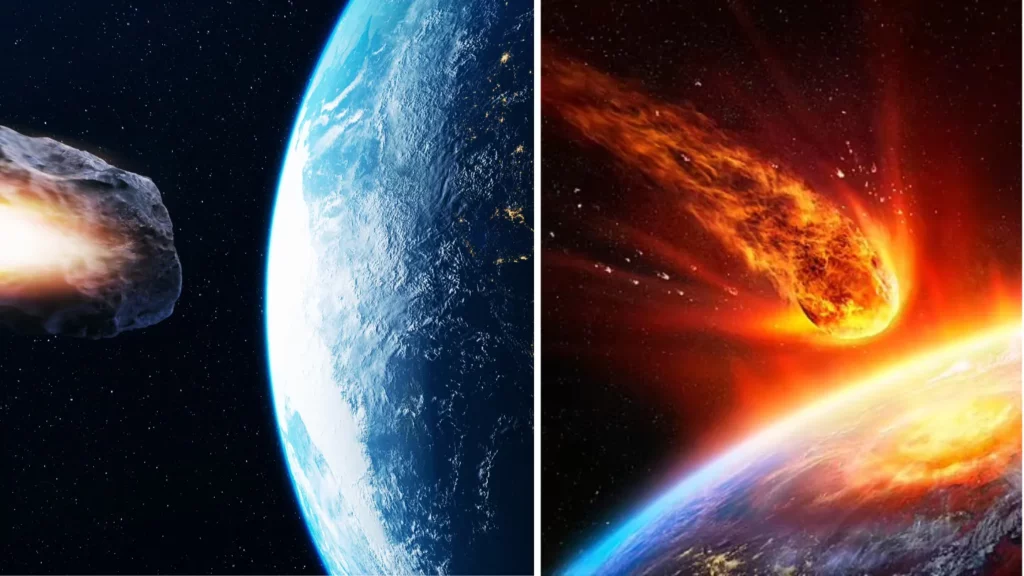
We anticipate significant insights from the brief acquisition of “2024 PT5”. Scientists are thoroughly investigating the effects of gravitational forces on these small asteroids.
The expulsion of mini-moons, such as “2024 PT5”, is a result of gravitational disruptions instigated by the sun. “2024 PT5” will resume its orbit around the sun after this event is over.
This event highlights the ongoing dynamics of celestial bodies within our solar system. Earth’s gravity sometimes captures small asteroids, creating a temporary second moon.
Although “2024 PT5” will not linger for long, its appearance enhances our comprehension of near-Earth objects. This temporary second moon introduces an intriguing new element to the story of our planet’s cosmic history .
“2024 PT5” continues its orbit around the sun, promising to significantly enhance our understanding. While it may not be obvious, it intrigues cosmos enthusiasts.
As you look up at the autumn night sky, keep in mind that a second moon is quietly circling our planet—if only for a brief moment
Feature Image Credit: (YouTube/@cosmoknowledge)

